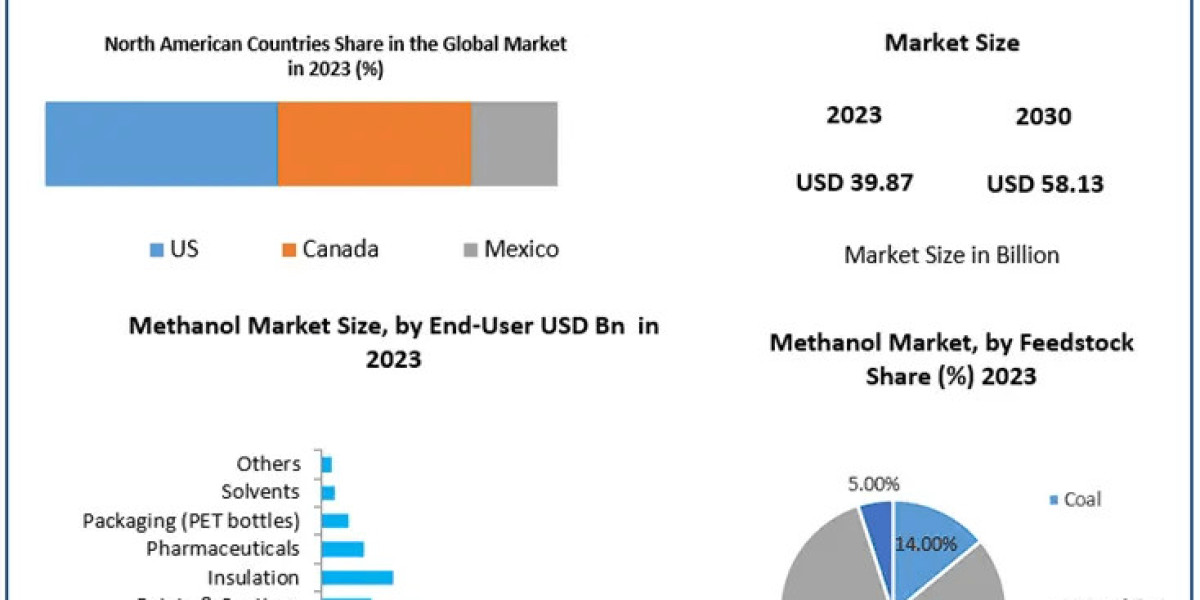In today’s digital age, the demand for banking apps is skyrocketing. Customers expect seamless, secure, and user-friendly experiences that allow them to manage their finances from the convenience of their smartphones. For financial institutions and fintech startups, the opportunity to meet this demand is significant. However, building a banking app is not a simple task; it involves careful planning, compliance with regulations, and robust technology. In this blog, we will explore the essential steps in building a banking app that not only meets user expectations but also ranks well on search engines like Google.
Understanding the Market
Before diving into the technical aspects, it’s crucial to understand the market landscape. Research your target audience to determine their needs, preferences, and pain points. Look at existing banking apps to identify what features they offer and how you can differentiate your app. Consider conducting surveys or interviews to gather firsthand insights. A well-defined market understanding will guide your app development process and help in crafting a unique value proposition.
Defining Core Features
When building a banking app, focus on essential features that enhance user experience. Some key functionalities to consider include:
User Registration and Authentication: Ensure a secure and straightforward registration process. Implement multi-factor authentication (MFA) to enhance security.
Account Management: Allow users to view account balances, transaction histories, and manage multiple accounts.
Money Transfers: Enable easy fund transfers between accounts, including options for peer-to-peer (P2P) payments.
Bill Payments: Integrate a feature for users to pay bills directly from the app.
Budgeting Tools: Offer tools that help users track their spending and manage their budgets effectively.
Customer Support: Incorporate a chat feature or a help center to provide support to users when needed.
By focusing on these core features, you can ensure that your banking app is not only functional but also engaging.
Ensuring Compliance and Security
Building a banking app comes with a heavy responsibility regarding compliance with regulations and security standards. Familiarize yourself with local and international banking regulations, such as GDPR in Europe and PCI DSS for payment processing. Implement robust security measures to protect user data, including encryption, secure servers, and regular security audits.
Choosing the Right Technology Stack
The technology stack you choose for building your banking app will greatly influence its performance, scalability, and security. Common technologies for banking apps include:
- Frontend: React Native, Flutter, or Swift for iOS and Kotlin for Android.
- Backend: Node.js, Java, or Python, often paired with frameworks like Spring or Django.
- Database: PostgreSQL or MongoDB for efficient data management.
- Cloud Services: AWS or Google Cloud for scalable infrastructure.
Select a tech stack that aligns with your team's expertise and the app’s requirements.
User Experience (UX) Design
An intuitive user interface (UI) and a seamless user experience (UX) are crucial for the success of your banking app. Focus on creating an easy navigation flow and visually appealing design. Conduct usability testing to gather feedback and make necessary adjustments. Remember that a positive user experience can lead to higher retention rates and increased customer satisfaction.
Developing and Testing
Once you have your features, technology stack, and design in place, it's time to start development. Use agile methodologies to facilitate collaboration and ensure quick iterations. Regular testing is vital to identify bugs and ensure the app functions as intended. Conduct both manual and automated testing to cover all bases, focusing on performance, usability, and security.
Launching and Marketing
After thorough testing, you can prepare for launch. Develop a marketing strategy that includes search engine optimization (SEO) tactics to help your app rank well on Google. Utilize keywords like "building a banking app" in your content, meta descriptions, and app store descriptions. Leverage social media and content marketing to generate buzz and attract users.
Continuous Improvement
Post-launch, the work is not over. Monitor user feedback and analytics to identify areas for improvement. Regularly update the app to fix bugs, enhance features, and introduce new functionalities based on user demand. Engaging with your users and evolving your app will help maintain its relevance in a competitive market.
Conclusion
Building a banking app is a multifaceted process that requires careful planning and execution. By understanding your market, defining essential features, ensuring compliance, and focusing on user experience, you can create an app that meets user needs and stands out in the marketplace. Remember, the key to success lies not just in building a banking app but also in continuously improving it based on user feedback and changing market dynamics. Embrace the challenge, and you’ll be well on your way to delivering a top-notch banking solution.








